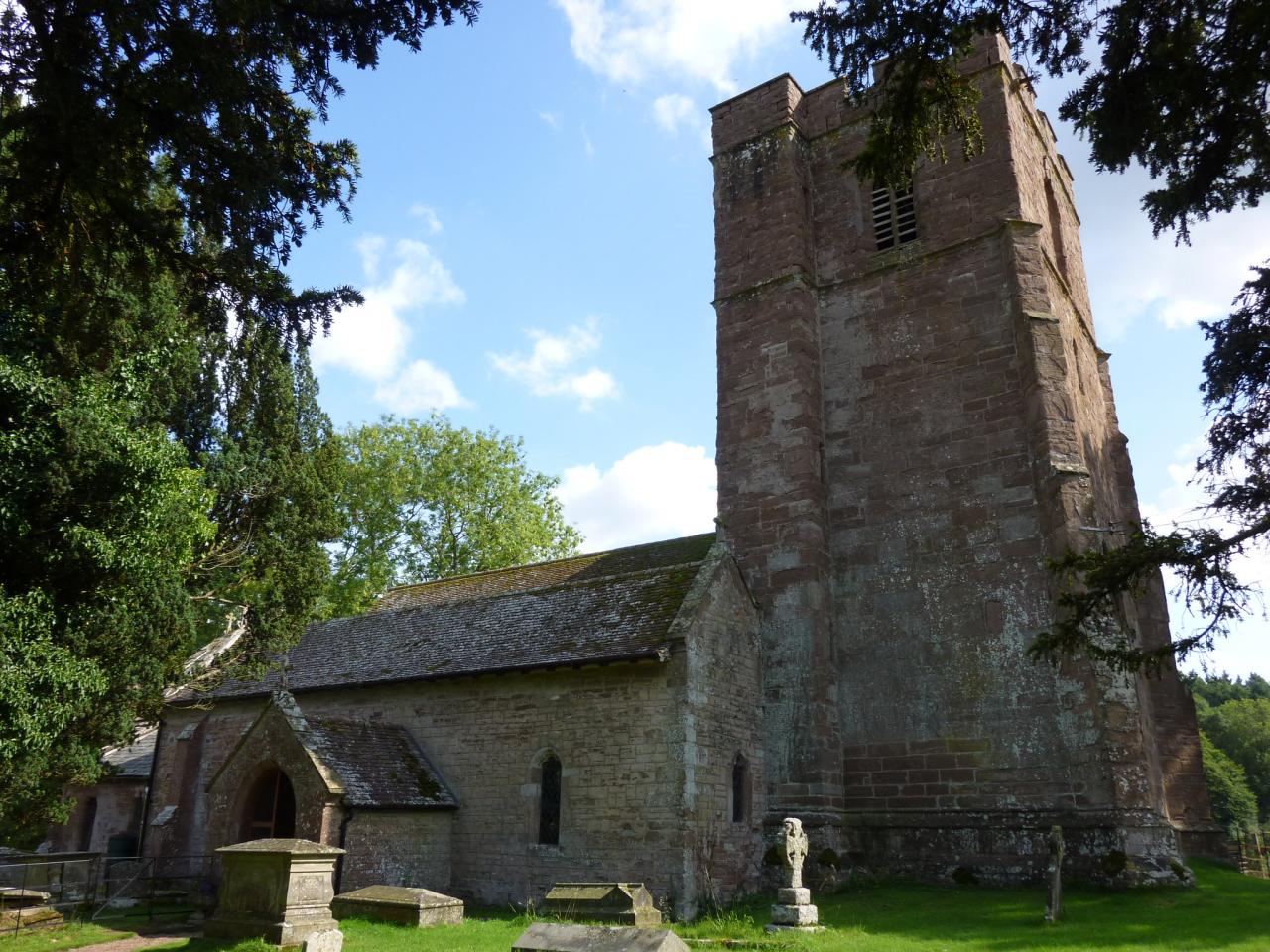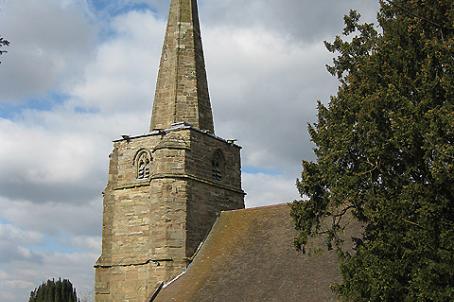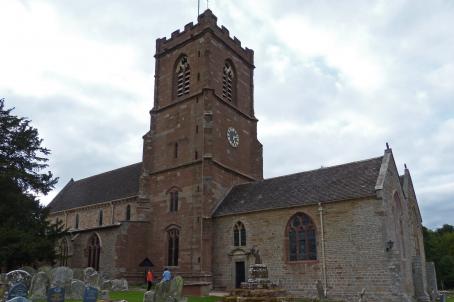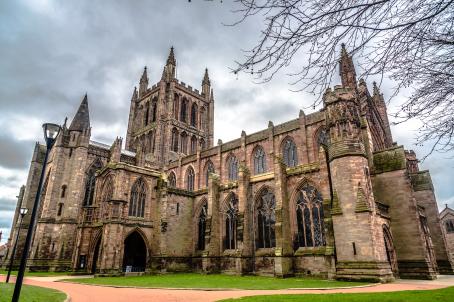St Dubricius
Hentland was the Collegiate Church or monastery of St Dyfrig (alias Dubricius), the famous 6th century Bishop of Glywysing & Gwent. As such it is, even today, a popular place of pilgrimage.
About this building
For more information visit on this building visit www.explorechurches.org/church/st-dubricius-hentland






